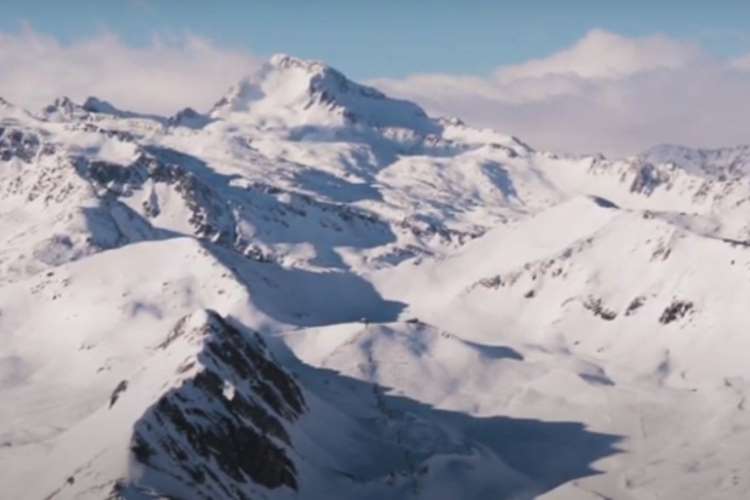The Presena glacier in Northern Italy is turning pink because of a type of algae. The pink snow is common in several parts of the Alps range, but its presence is more pronounced this year, spelling trouble for the environment. Ice reflects four fifths of sun’s light. The change in the colour of ice reduces its ability to reflect light. The “watermelon snow” absorbs the heat, causing the glaciers to melt faster.
The watermelon snow is caused by algae that is commonly found in the Dark Zone of Greenland, says Biagio Di Mauro of the National Research Council of Italy. The algae cause the ice to melt, resulting in darkening across the western side of the ice-clad island. This is a natural phenomenon during the spring and summer in the middle latitudes, Di Mauro said in an interview with the Guardian.
READ I Different strokes: Decoupling government policy on air pollution and climate change
A study published in the journal The Cryosphere has predicted that two-thirds of the Alps’ ice will melt by the end of the century. Half of the mountain range’s 4,000 glaciers will be gone by 2050 due to global warming, euronews.com says citing the study.
Change in global temperature is causing the glaciers across the world to melt drastically. Greenhouse gases generated while burning fossil fuels is blamed for this phenomenon. Several studies have suggested that reducing the use of carbon fuels is the easiest way to reduce the increase in global temperatures.
READ I Electric vehicles: India on Mission Catch-up against odds

